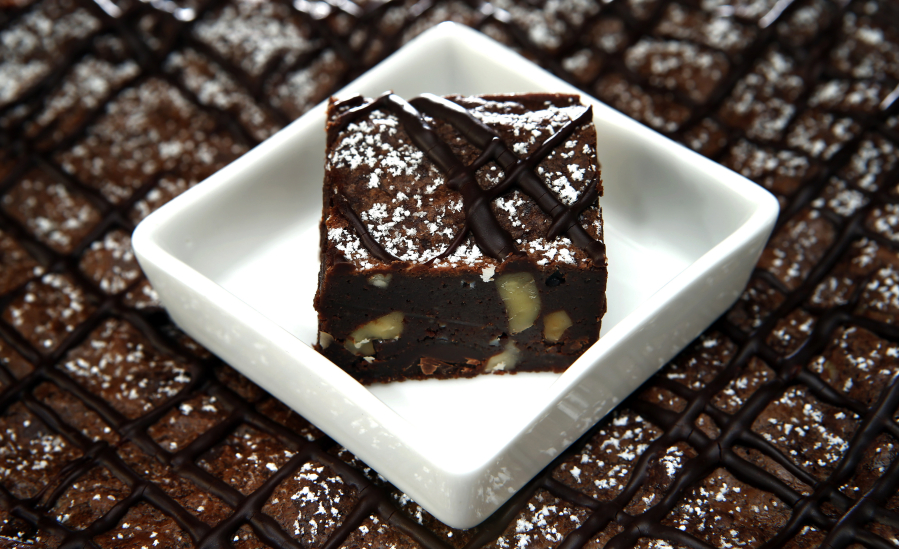There’s nothing like the sight of a freshly baked batch of brownies. And not just for those of us with a sweet tooth. Most people — well, the fun ones — are brownie fans, which is why we see them everywhere, from potlucks to office parties, birthdays to school lunches. Rich to the hilt and unapologetically messy, a great brownie is savored slowly, with your eyes closed.
And while there may be no such thing as a “bad” brownie, the best ones are truly memorable.
Chocolate, butter, sugar, flour and eggs, mixed together and baked in a pan. Simple as they may appear, there is a definite chemistry behind a great brownie recipe. “When we teach brownies, we always talk about listening and paying attention to the recipe,” says Clemence Gossett, co-owner of the Gourmandise School of Sweets & Savories in Santa Monica. The ratio of each component, the quality of ingredients, and the method by which they are combined and baked can make a good brownie even better.
Over the last few weeks, I tested close to a dozen brownie recipes from a variety of sources both old and new. Some recipes call for chocolate, others use cocoa powder — and still others incorporate both. And while recipes vary in the amounts of butter and sugar they use, one of the biggest variables is flour, with older recipes calling for a larger ratio of flour to other ingredients, making for a more “cake-like” brownie. Newer recipes have reduced flour, some to the point of almost eliminating it, resulting in more fudge-like brownies.



